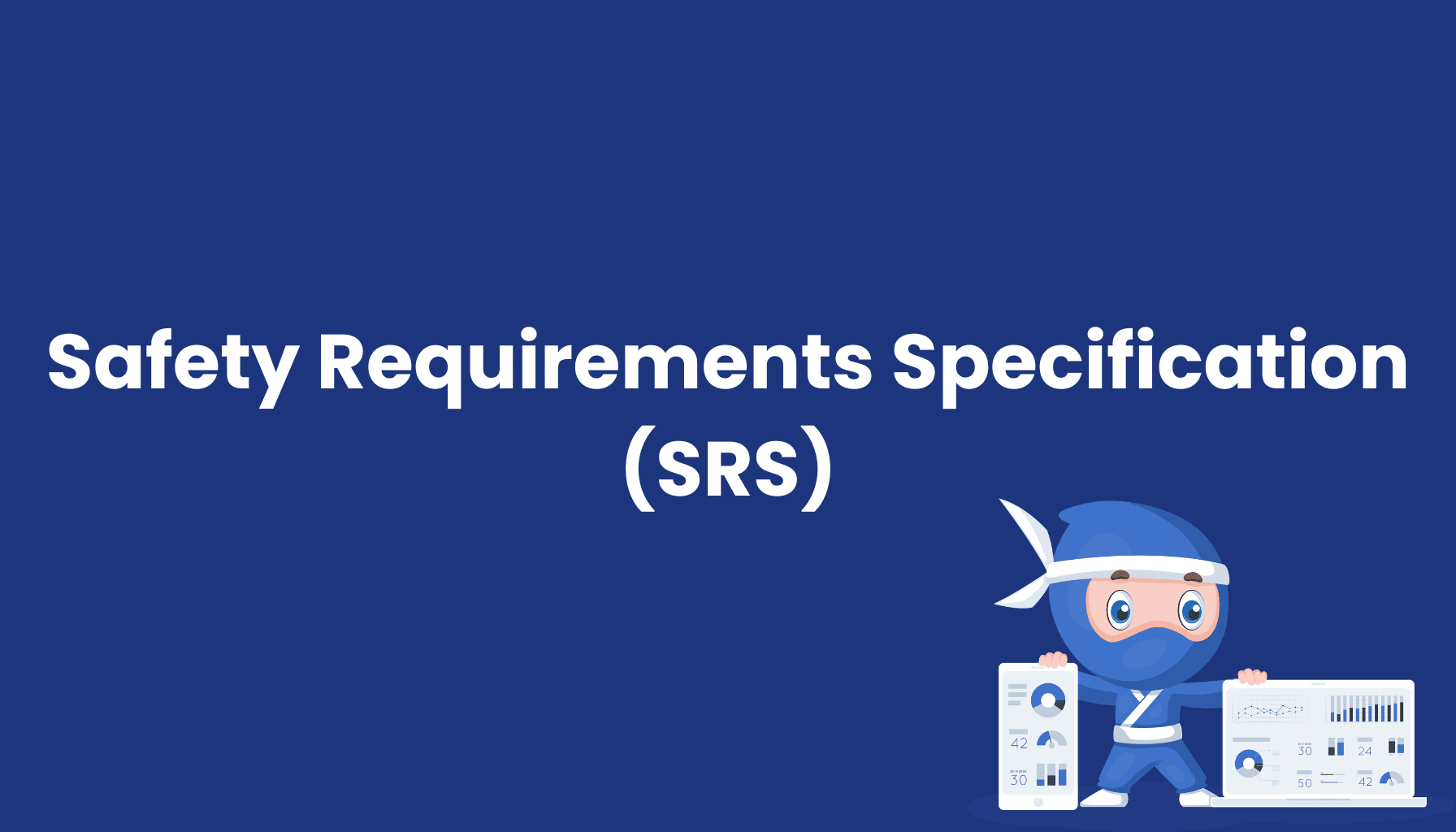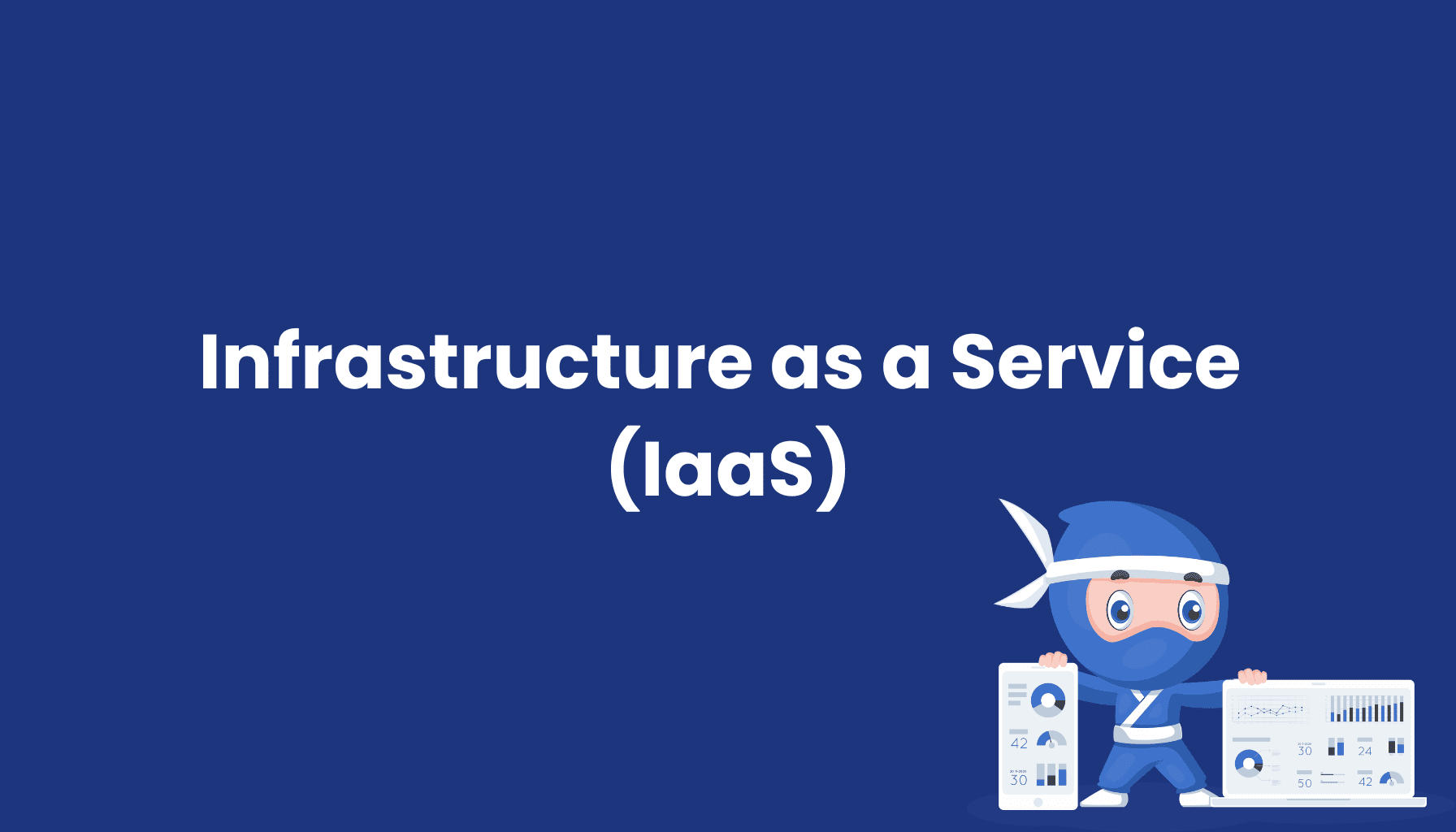Safety Requirements Specification (SRS)

What is a Safety Requirements Specification (SRS)?
The Safety Requirements Specification (SRS) is a comprehensive document that defines all safety-related requirements for a system or facility. The SRS ensures that safety aspects are integrated from the beginning of the development process, offering a detailed overview of measures and specifications to guarantee system safety. In regulated industries such as automotive, chemical, and pharmaceutical, the SRS is essential for maintaining high safety standards.
Benefits of SRS
- Safety Integration: The SRS ensures that all critical safety factors are considered in every development phase, enhancing overall system safety.
- Clarity and Structure: The document provides a clear structure, making safety requirements understandable and transparent, enabling precise, goal-oriented implementation.
- Risk Minimization: Early definition of safety requirements helps identify potential risks and implement proactive measures for risk reduction.
- Regulatory Compliance: SRS assists organizations in ensuring compliance with legal regulations and industry standards, crucial in safety-critical sectors.
Conclusion
The Safety Requirements Specification (SRS) is essential for precisely defining and implementing safety requirements. It provides a structured foundation for safety planning and supports organizations in safeguarding system security while meeting legal and regulatory standards.





